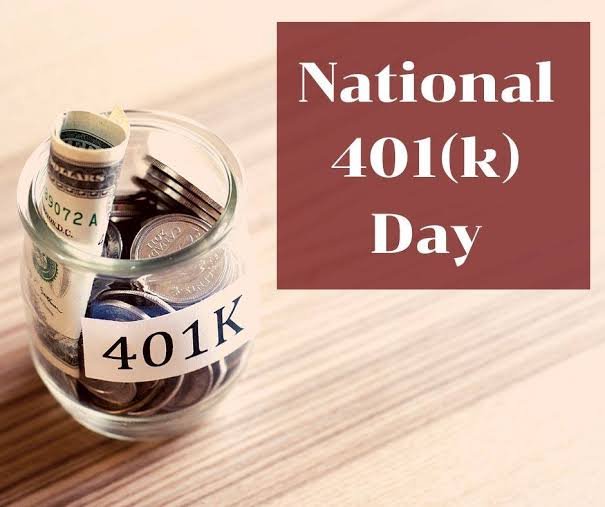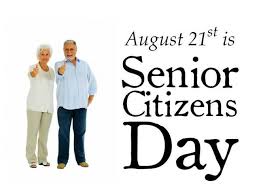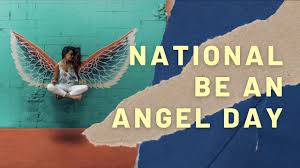National 401(k) Day – September 9, 2022, history, quotes tweet
We all dream of a life of leisure during our golden, retirement years. National 401(k) Day, celebrated every year on the Friday after Labor Day, prompts us to check in on our nest egg. With only 70% of Americans financially prepared for retirement, understanding what you can do to make the dream of retirement a reality is important.
It is estimated that 79% of Americans work for a company that offers a 401(k) plan; however, only 41% take advantage of the benefit. Don’t let another day go by without learning why you should save for retirement through your company’s 401(k) plan or what you can do to save for retirement if you don’t have access to a 401(k).
HISTORY OF NATIONAL 401(K) DAY

National 401(k) Day began in 1996 by the Profit Sharing/401(k) Council of America (PSCA), known today as the Plan Sponsor Council of America. The Friday following Labor Day (Monday) was chosen so employees can “start the week with Labor Day and end the week with Retirement”.
This holiday promotes retirement savings education and PSCA encourages companies to give their employees the 411 about their 401(K) in fun, easy-to-understand ways. Retirement planning is a complex topic – rules change as quickly as the market changes. Less than 40% of Americans can answer basic questions about their 401(K) so it’s a good thing we have a holiday dedicated to learning about them.
Because of this complexity and our increased focus on financial health and wellness over the years, many companies now campaign for retirement savings education year-round. And, now more than ever, retirement savings education isn’t only about 401(k) plans. Since not everyone has access to them and people prefer investment diversification, we aren’t putting all of our nest eggs in one 401(k) basket.
If your employer provides a 401 (k) plan, you can use that resource to start your retirement plan. However, if you’re self-employed, you can start your 401 (k) through a financial institution. There are two different types of 401 (k) – traditional and Roth. The traditional route takes a percentage of your paycheck – approved by you, of course – whereas through the Roth 401 (k), contributions are made with money you’ve already paid on taxes, meaning your money grows tax-free.
CELEBRATING WITH WORLDTIMESHINDI RETWEET
NATIONAL 401(K) DAY TIMELINE
January 1, 1980
The 401(k) goes from dream to reality
On this day, a new provision in the Revenue Act of 1978 took effect allowing for tax- deferred compensation for bonuses and stock options, clearing the way for 401(k) retirement plans..
1981
Salary deductions allowed for the first time
The IRS created new rules allowing employees to make tax-deferred salary deductions.
1996
401(k) plans hit $1 trillion
For the first time in its 15-year history, assets held in 401(k) plans hit $1 trillion.
1996
National 401(k) Day debuts
The Profit Sharing/401(k) Council of America launches National 401(k) Day to promote the importance of these plans.
2006
Congress makes automatic enrollments easier
The Pension Protection Act of 2006 made it easier for companies to enroll employees into a 401(k) plan automatically, encouraging more saving.
NATIONAL 401(K) DAY ACTIVITIES
Find a Retirement Calculator
Many financial groups offer a Retirement Calculator Tool on their website, typically free for anyone to use. Fill in your personal information to get an estimate on how much money you will need to live on each year in retirement and whether or not your current savings plan is on track to provide that amount.
Know Your Numbers
Use this holiday as a reminder to check in on your assets. Is your savings plan panning out as you had hoped? Are you reaching your annual savings goals? What adjustments need to be made. This is something you should track periodically so mark your calendar for National 401(k) Day to do just that!
Learn over Lunch
Your bank, credit union or even your employer may be planning a learning event you could attend. If not, go online or get a book on retirement preparation at the library. With just a little bit of effort, you can begin your research to get on track for a more enjoyable retirement.
5 TIPS FOR MAXIMIZING YOUR 401(K)
Start contributions early
It’s never too late to start saving for retirement but the key to maximizing retirement savings is by starting early. If you or someone you love is in their 20s, start saving today whether through a 401(k) or IRA.
Take advantage of matching contributions
Most employers match their employees’ contributions by a certain amount – for example, they may match 50% of your contribution up to 6%, which means if you contribute 6% into your 401(k) account, they will contribute 3%.
Select personally compatible investments
The typical 401(k) plan also allows you to select from a variety of investments that fit your investment preferences.
Avoid early withdrawals
Withdrawals result in penalty fees as well as tax payments which you likely avoided when initially saving the money.
Check in periodically
These long-term investments are easy to forget about but you should monitor as you go in order to make adjustments as needed.
WHY WE LOVE NATIONAL 401(K) DAY
It simplifies a complicated subject
A lack of financial literacy is an on-going problem among Americans of all ages. National 401(k) Day promotes effective communication between plan sponsors and consumers needing help making the best retirement savings choices.
Saving for retirement is a must
Unless you’re the type who wants to work until age 90, everyone needs a plan for their retirement years. The days of company pensions are long gone and Social Security will only get you so far. 401(k)s are among the best ways to save and National 401(k) Day promotes this important task.
It connects consumers with providers
The more you understand about your future retirement needs and the ways to reach those goals, the better prepared you will be. National 401(k) Day facilitates conversations between consumers and providers making a connection that will ultimately pay off for both parties.
NATIONAL 401(K) DAY FAQS
How much can I contribute annually?
The maximum you can contribute to your plan annually is set by the IRS each year. For 2020, the maximum is $19,500 with additional amounts, known as “catch-up contributions” people 50 years and older can contribute.
What does it mean to be “vested”?
The money your employer contributes into your 401(k) plan is often on a vesting schedule which refers to the time it takes for you to own or have access to the money they’ve contributed to your account. Ask your Benefits Administrator or HR Department what the vesting schedule is for your company.
What are 401(K) alternatives?
If you do not have access to a 401(k) plan, there are a variety of Individual Retirement Accounts (IRA) you can research. If you work in the public school system, with tax-exempt organizations or for the local, state and federal governments, there are other choices such as 403(b), 457 or Thrift Savings Plan.
Sandeep Raiza — Content Writer, Website Designer, SEO Strategist, and WordPress Expert AI specialist delivering impactful digital solutions that drive business growth.Combining creative storytelling with technical expertise.




